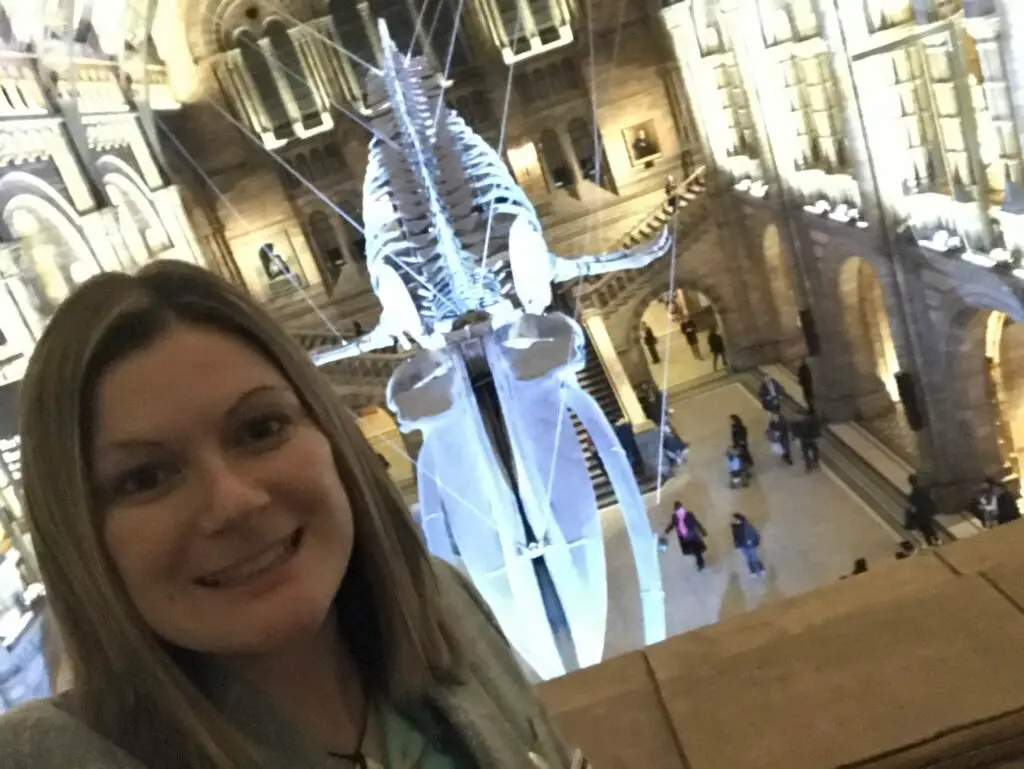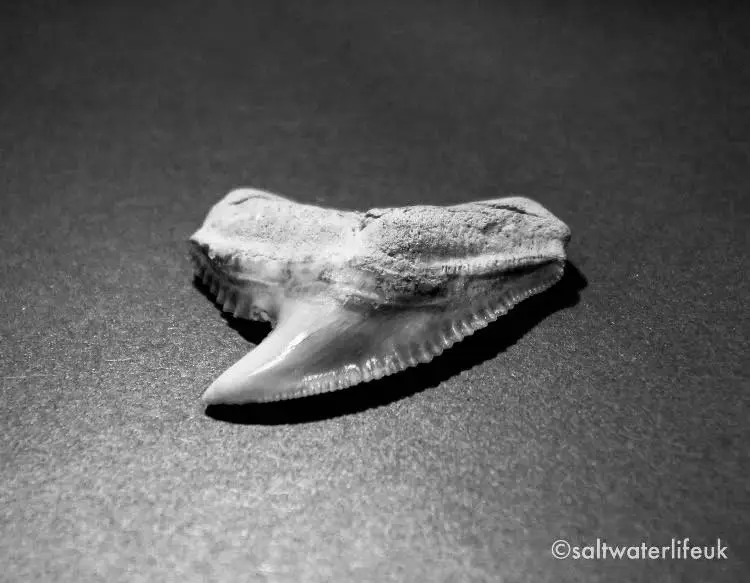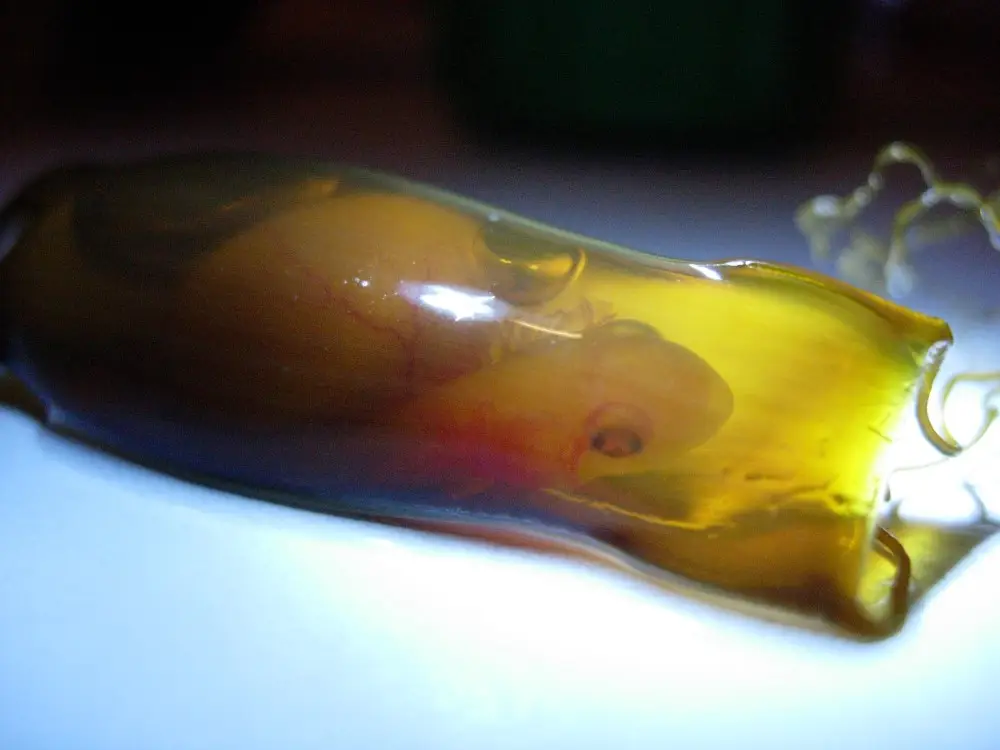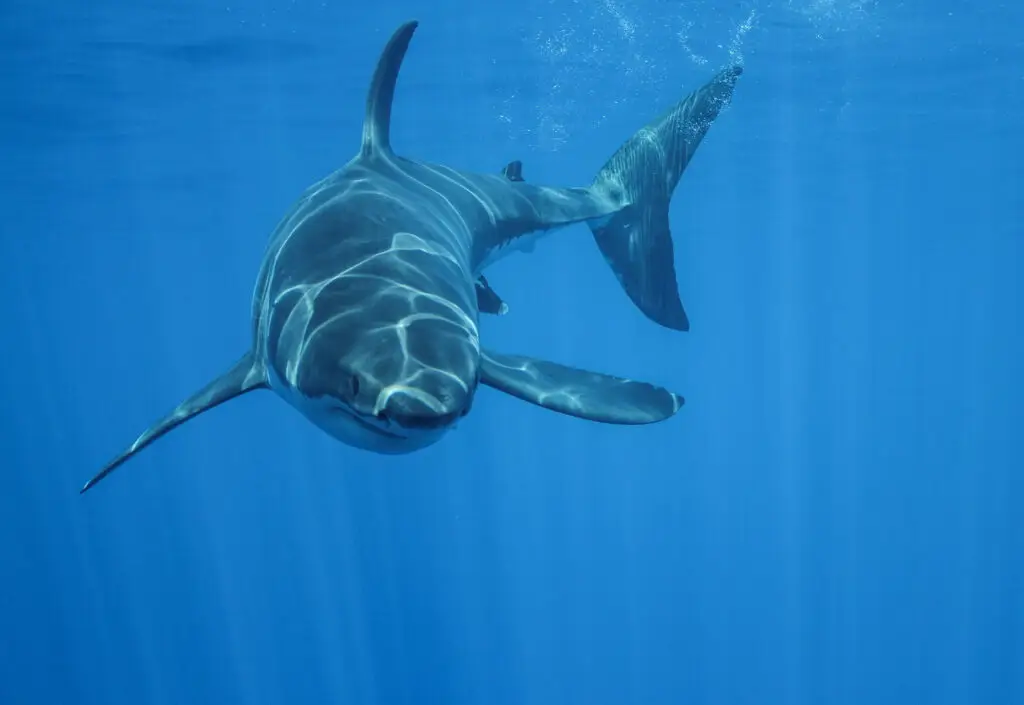Red Rocks and Longay MPA

Read our case study. From eggcases on the beach to MPA – a perfect example of defence in action!
Lauren’s Biography

2024 BSAC Snorkel Guide
2023 Project Manager, Turning the Plastic Tide Project, East Grampian Coastal Partnership
2022 Project Officer Turning the Plastic Tide Project, East Grampian Coastal Partnership
2018-2022 Marine Consultant and Photojournalist, The Guardian, Biome Ecology and The Surfers Path
2017 Marine Licensing Officer, Marine Scotland
2013 PADI Specialty Instructor
2013 PADI Open Water SCUBA Instructor
2013 PADI Emergency First Responder Instructor
2012 PADI Divemaster
2012 PADI Rescue Diver
2011-2016 Aquarist and Commercial Diver, Macduff Marine Aquarium
2011-2012 Laboratory Teaching Assistant, University of Aberdeen
2010-2011 Scottish Shark Tagging Program, Press Officer
2010 PADI Apnea Diver
2009 PADI Advanced Diver
2008-2011 Senior Research Scientist, Wyeth & Pfizer, Investigation and understanding of the shark immune system
2009 Doctor of Philosophy Marine Biology, University of Aberdeen
2004 BSc First Class Honours Marine Biology and Coastal Ecology, University of Plymouth
2002 RYA Powerboat Level 2
2002 BSAC Ocean Diver
Current Research

What Lauren is currently working on.
General Introduction

Elasmobranchs (cartilaginous fish including: sharks, skates, rays and sawfish) first evolved over 400 million years ago. They are superbly adapted to their environment, showing remarkable diversity and variation in their physical appearance, their biology, and their behaviour. They inhabit every ocean on the planet and yet, they are under ever-increasing pressures which challenge their ability […]
Shark Evolution and Classification

Chondrichthyan fish or “true sharks” with cartilaginous skeletons, first emerged during the Silurian period around 450 mya. When they diverged from the Osteichthyes (fish with bony skeletons). Fossil evidence from Silurian deposits show teeth, denticles and fin spines. However, the oldest complete articulated skeleton from a shark found to date, is from the early Devonian […]
Fertilisation

All shark species utilize internal fertilisation and can be divided into two main groups: oviparous (egg-laying) and viviparous (live-bearing). Viviparous species are further divided into aplacental (where the developing young do not form a placental connection, instead having a yolk dependency, some aplacental species will exhibit ‘oophagy’ and ingest unfertilised eggs in the uterus, sand […]
Shark Organs

Sharks have a two chambered heart, stomach, gallbladder, pancreas, a tri-lobed liver (usually 15-35% of the total weight of the shark, in adult humans it is around 2%), intestines (these are relatively short in length, to compensate for this and to maximise nutrient absorption sharks have special valves to increase the surface area of the […]
Teeth and Jaws

Both teeth and jaw shape are extremely varied amongst species, for example bottom dwelling species feeding primarily on hard shelled organisms have a type of dentition known as ‘molariform’ consisting of rounded flattened teeth for crushing their prey. Pelagic species often have sharp pointed teeth for piercing through fish and plankton feeders have a line […]
Blood

Shark blood is composed of plasma which contains, water, dissolved proteins, glucose, minerals, hormones, gases, platelets, red blood cells and white blood cells.
Muscles

Sharks have three muscle categories; cardiac muscle, smooth muscles found in the walls of internal organs, involuntary contraction of which allows passage of contents, and skeletal muscles which are comprised of two types; red muscle found in thin layers underneath the sharks skin, this works by breaking down fats in the sharks body, it has […]
